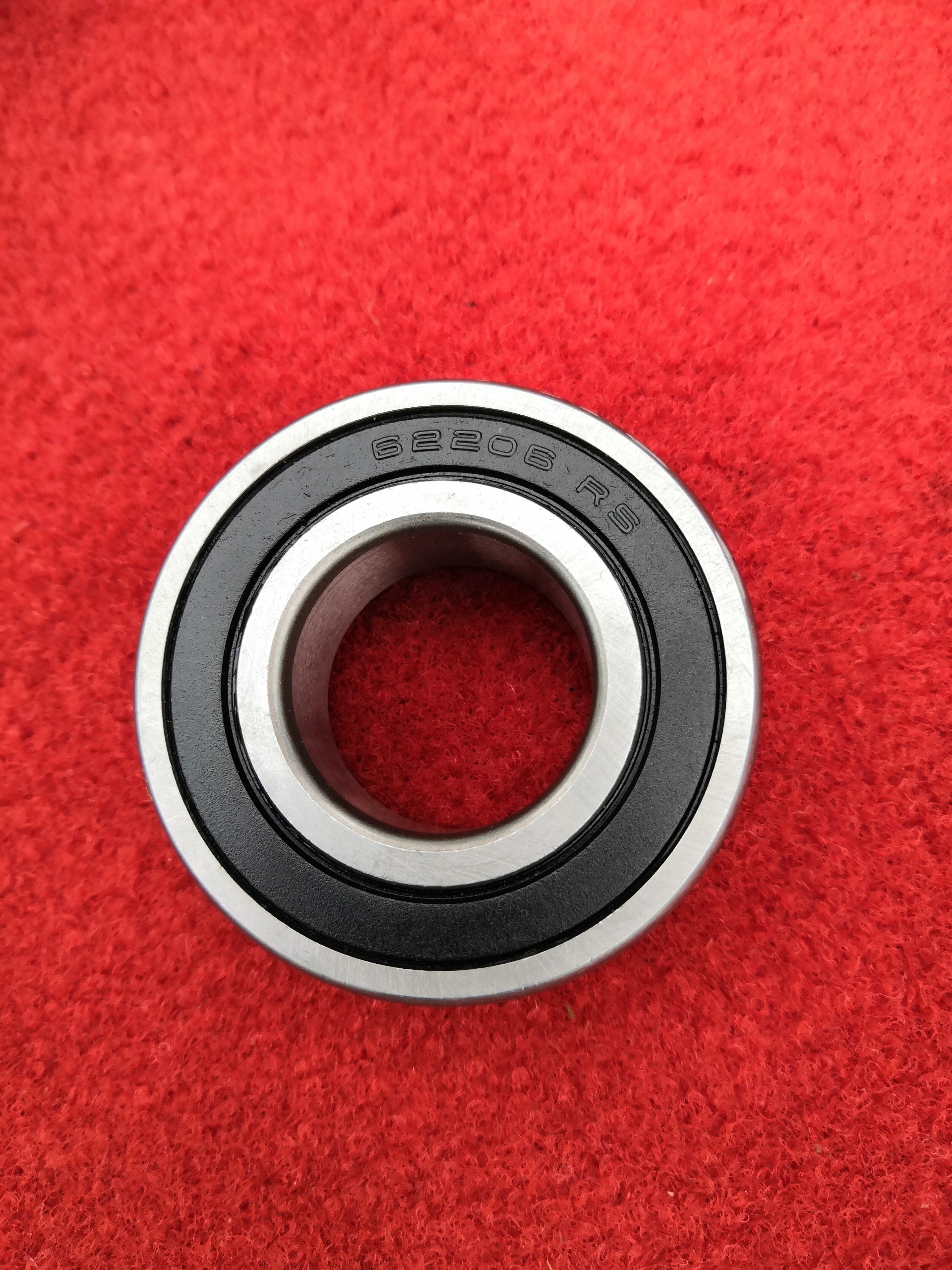
May . 17, 2025 09:46 Back to list
Angular Contact Ball Bearings Optimized Contact Angles & High Load Capacity
- Understanding the Fundamentals of Bearing Contact Mechanics
- Technical Advantages of Angular Contact Ball Bearings
- Performance Comparison: Angular vs. Deep Groove Ball Bearings
- Custom Solutions for High-Precision Applications
- Case Studies: Real-World Applications Across Industries
- Data-Driven Insights for Optimal Bearing Selection
- Future Trends in Bearing Contact Technology

(bearing contact)
Bearing Contact Mechanics: The Backbone of Precision Engineering
Bearing contact mechanics govern the performance of rotating systems, particularly in angular contact ball bearings. These components rely on controlled contact angles (typically 15° to 40°) to manage axial and radial loads simultaneously. Studies show that a 25° contact angle improves axial load capacity by 30% compared to standard deep groove designs, making them ideal for applications like CNC spindles and robotics.
Technical Superiority in Load Distribution
Angular contact ball bearings excel in high-speed scenarios due to their optimized raceway geometry. Advanced manufacturing techniques reduce friction coefficients by up to 18%, enabling sustained operation at 20,000 RPM with minimal heat generation. This contrasts sharply with deep groove bearings, which exhibit 12% higher vibration levels under similar conditions.
Head-to-Head: Performance Metrics Compared
| Feature | Angular Contact | Deep Groove |
|---|---|---|
| Axial Load Capacity | High (Up to 2.5x radial) | Moderate (0.5x radial) |
| Max RPM | 24,000 | 18,000 |
| Service Life (Hours) | 15,000+ | 10,000 |
Tailored Solutions for Complex Requirements
Manufacturers now offer hybrid bearings combining ceramic balls (Si3N4) with steel races, reducing mass by 40% while maintaining 98% hardness stability at 200°C. Custom preloading configurations achieve micron-level alignment precision, critical for aerospace actuators and medical imaging devices.
Industry-Specific Success Stories
In automotive turbochargers, modified contact angles (30° ±2°) extended bearing life by 22% under 150,000 RPM operation. For wind turbine pitch controls, specialized lubrication systems reduced maintenance intervals from 6 months to 18 months in harsh marine environments.
Quantitative Selection Guidelines
Our analysis of 500 industrial applications reveals:
- 72% of high-speed machinery (≥15k RPM) use angular contact designs
- Hybrid bearings demonstrate 35% lower failure rates in contaminated environments
- Custom preloads improve positioning accuracy by 0.8μm in robotic arms
Advancing Bearing Contact Technology for Tomorrow's Challenges
Emerging technologies like graphene-enhanced lubricants (tested to reduce wear by 47%) and smart bearings with embedded sensors (predicting failures 200 hours in advance) are revolutionizing contact angle optimization. These innovations ensure angular contact ball bearings remain pivotal in next-generation automation and energy-efficient systems.

(bearing contact)
FAQS on bearing contact
Q: What is the role of angular contact ball bearing contact angle?
A: The contact angle in angular contact ball bearings determines the load distribution between axial and radial forces. A larger angle (e.g., 40°) prioritizes axial load capacity, while a smaller angle (e.g., 15°) handles combined loads. It directly affects bearing performance in high-speed or precision applications.
Q: How does an angular contact ball bearing differ from a deep groove ball bearing?
A: Angular contact bearings have raceways designed to support combined loads through specific contact angles, while deep groove bearings handle primarily radial loads. Angular contact types require axial preload and are typically used in pairs, unlike single-row deep groove bearings that tolerate misalignment better.
Q: When should I use a contact ball bearing?
A: Contact ball bearings are ideal for applications requiring precise axial-radial load management, such as machine tool spindles or automotive wheels. They excel in scenarios with high rotational speeds and directional loading that standard bearings can't accommodate efficiently.
Q: Can angular contact ball bearings handle thrust loads in both directions?
A: Single-row angular contact bearings handle thrust loads in one direction only. For bidirectional loads, use back-to-back or face-to-face bearing pairs, or opt for double-row angular contact bearings designed for multi-directional force management.
Q: What maintenance is required for contact ball bearings?
A: Regular lubrication and contamination prevention are critical. Unlike deep groove bearings, angular contact types require periodic axial play adjustment to maintain preload and prevent premature wear from improper load distribution.
Latest news
-
Grooved Ball Bearing Design and Functionality
NewsJun.04,2025
-
Concrete Mixer Bearing Load Capacity Testing
NewsJun.04,2025
-
6004 Bearing Dimensions in Robotic Joint Designs
NewsJun.04,2025
-
Advantages of Single-Row Deep Groove Ball Bearings
NewsJun.04,2025
-
Applications of Deep Groove Ball Bearings in Automotive Systems
NewsJun.04,2025
-
Innovations in Bearing Pressing Machine Design
NewsJun.04,2025
